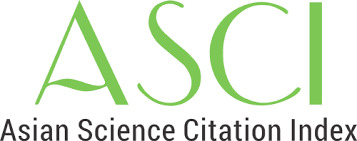The Evolution of Mak Yong Traditional Malay Theatre in Istana Budaya
Keywords:
Mak Yong, traditional Malay theatre, Istana Budaya, performing arts, Malay cultureAbstract
Mak Yong is a traditional Malay theatre form that originated in the state of Kelantan, Malaysia. It encompasses numerous elements such as dancing, singing, music, improvisational acting, dialogues, storytelling, and rituals. This article examines the efforts made by Istana Budaya (Palace of Culture), the Malaysian National Theatre in Kuala Lumpur to sustain the traditional art form through several productions spanning from 2003 to 2019. The aim of this research is to examine the expansion of Mak Yong performances presented by Istana Budaya. It is a government organisation that responsible in sustaining the traditional Malay theatre in Malaysia. This study employed a qualitative methodology, historical research and content analysis including conducting interviews with participants and examining each of the Mak Yong performances in Istana Budaya. The analysis discovered that Mak Yong performances in Istana Budaya evolves from its convention as it the staging shifted from the rural set up to the modern staging. Secondly, Istana Budaya introduced a male actor to play the role of Pak Yong. The role of Pak Yong the male king has been played by female actors since 1923.Thirdly, it is discovered that Istana Budaya produced numbers of Mak Yong amateur performers in Kuala Lumpur. The tradition changed from professional Kelantanese Mak Yong performers, which learnt throughout their lifetime in Kelantan, to the performers who learned Mak Yong at the rehearsal sessions, and it is currently learned by non Kelantanese. It argues that the Istana Budaya’s Mak Yong productions have evolve Mak Yong performances from their conventional in Kelantan to the modern stage and urban audience. This research emphasizes that Istana Budaya is making a significant and meaningful contribution to the preservation and continuation of the Mak Yong tradition.















